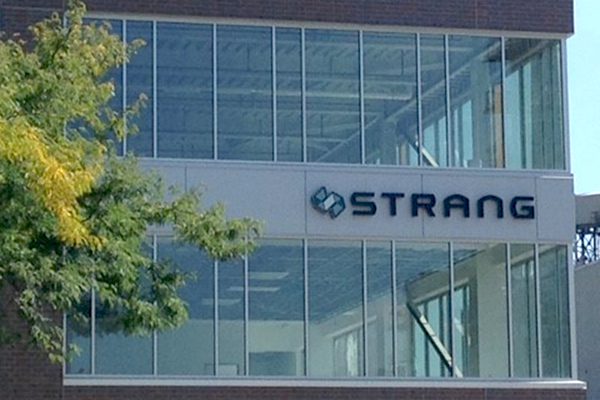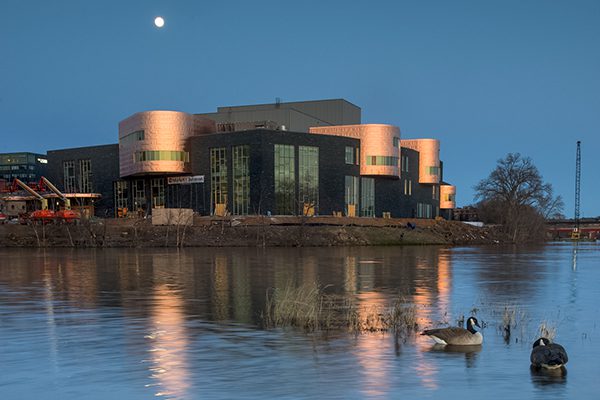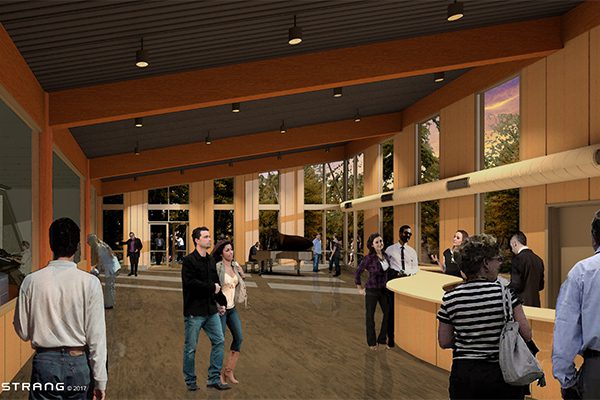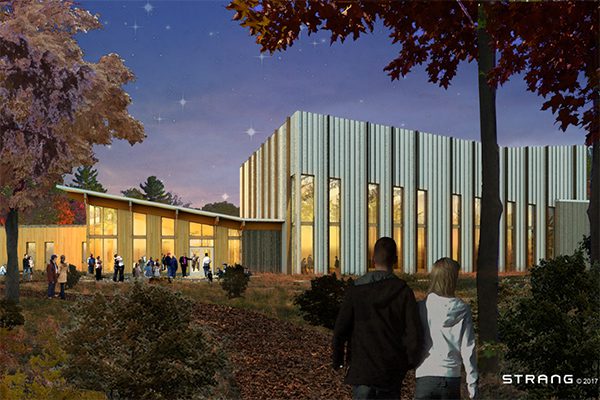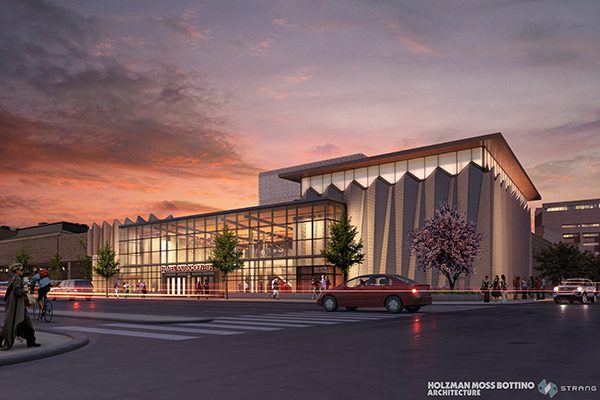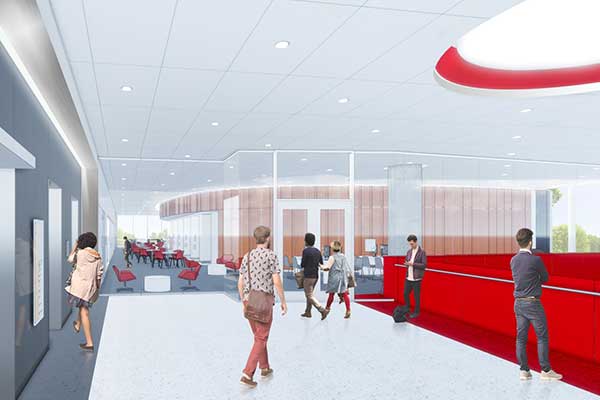The role of master planning is vital to the long-term health of an organization. A campus (or site) master plan establishes overall goals, objectives, and design principles that will guide future physical development. It provides long-term planning for architecture, land use, space use, landscape, transportation, parking, and utilities.
However, it is not enough to define what a master plan is—the goal is just as important. The underlining philosophy of master planning is that it must be a usable and implementable roadmap for the future. A master plan cannot be put into use if it is not fundamentally achievable.
An example of a truly successful master plan was when Strang led Madison Area Technical College to develop a comprehensive 10-year facilities master plan. This planning effort focused on the four key elements of facilities assessment, space needs analysis, physical planning, and capital planning. Together, we were able to create a consistent brand and experience for each of Madison College’s seven unique campuses and most importantly—we were able to successfully implement these plans.
A testament to our success lies in the fact that a significant number of buildings defined in our master plan document (the Student Success Center, Campus Center, Allied Health & Wellness Education Center, Ingenuity Center Transportation & Advanced Manufacturing Center, and Fire & Protective Services) were actually built in a $133 million referendum that was wholeheartedly supported by voters from the community. As a result, the campus today has been transformed from an aging facility to a state-of-the-art campus for the 21st century. It now offers a vibrant sense of place and student life that is consistent with the vision outlined in the master plan.
THE GEBHARDT: FALL 2018
Named “The Sylvee,” the 2,500-person venue will feature VIP suites, balconies and open floor space for concert-goers.
THE SYLVEE: FALL 2018
The venue, which resides in the Gebhardt Building, is a 45,000-SF 2,500-person music hall designed to meet the strong and lasting demand for world-class live music in Madison.
PABLO CENTER AT THE CONFLUENCE: FALL 2018
This project was made possible by a new economic development paradigm that recognizes the interdependence of creative industries resulting in improved regional attractiveness and positive business impacts. Availability of cultural events and entertainment is just as important for the region’s artists, citizens and visitors as it is for the venue.
NORTHERN SKY THEATER
The multi-functional center will also serve to centralize its support operations with pre-production facilities and administrative offices. The project will increase efficiencies, expand its creative capacity and, most importantly, ensure the future of Northern Sky Theater.
HAMEL MUSIC CENTER: SPRING 2019
The facility will include a 315-seat recital hall, large rehearsal room and spacious lobby. The main concert hall inside the center features large holes – entryways for sound into two large reverberation chambers.
UW CHEMISTRY BUILDING: FALL 2020
New and remodeled space will house lecture halls, active learning classrooms, offices and instructional labs for undergraduate general, organic, inorganic, physical and analytical chemistry.






